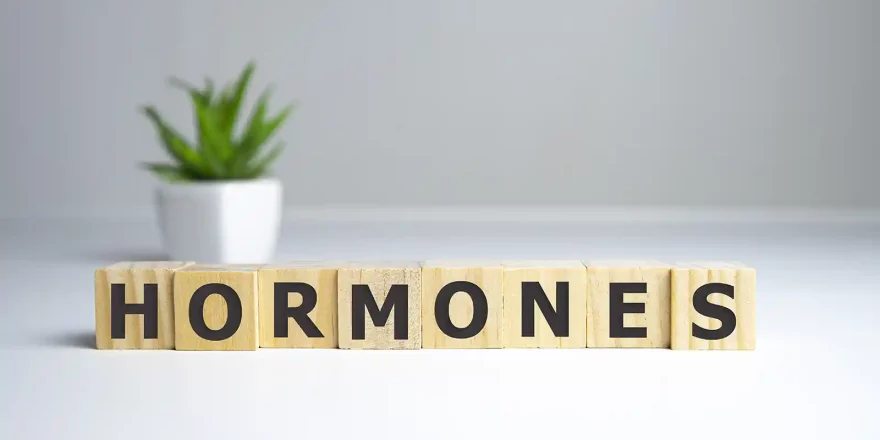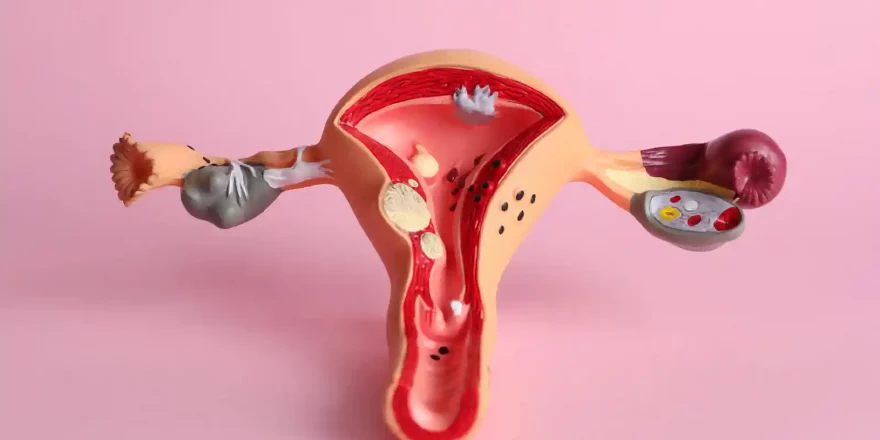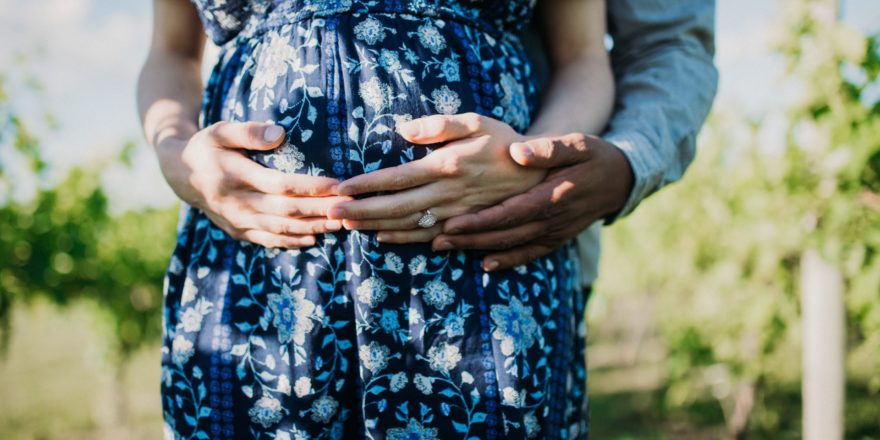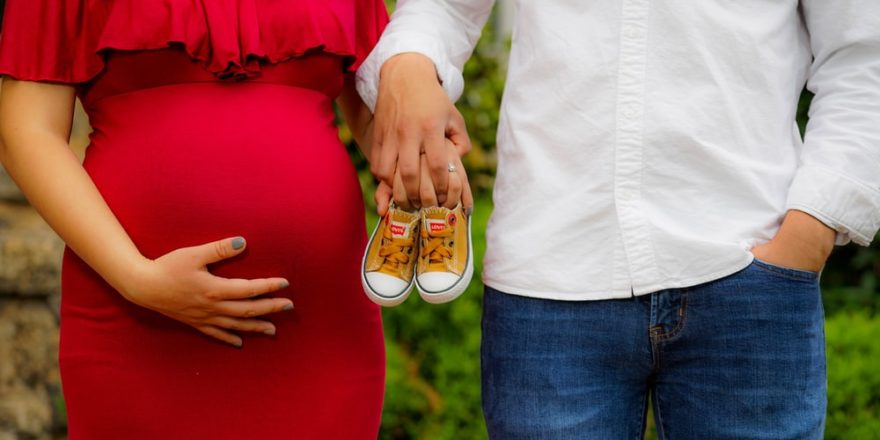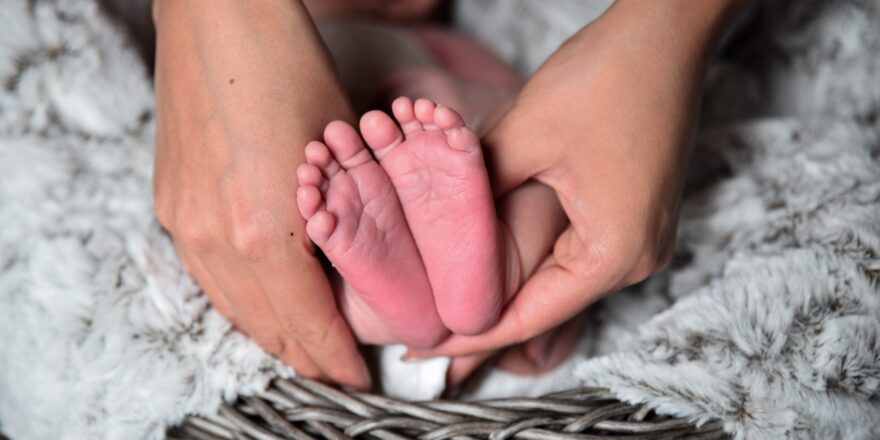hormones
Eggs & Organs
Eggs and organs explain how egg numbers are crucial to female fertility, how they’re stored in tiny follicles since birth, and are “woken up” to start a 13-month journey to ovulation. Very few are ovulated, but when they are, the Fallopian tubes must be able to support and transport an embryo to the uterus, which is ready to ...
First Trimester
The first trimester covers the first three months, from conception to the 13th week. During this time, Mum’s body needs to make significant adjustments to accommodate the pregnancy as the baby goes from a simple ball of cells to having all essential organs and structures. Things to do after (and before) you get pregnant Stop smoking and...
Second Trimester
The second trimester starts in week 13 and ends in week 26, and it’s a time of rapid growth for the baby. All the major structures and organs were organised in the first trimester, progesterone production has shifted from the corpus luteum to the placenta, and building on these foundations is now the primary aim. The baby’s brain c...
Estrogen and Progesterone
Estrogen and progesterone are the two main female sex hormones, and they’re made by specialised cells in the ovaries. The changing levels of these two steroidal hormones determine the length and health of a woman’s menstrual cycle by altering: The function of the ovaries Growth and receptivity of the uterus lining Shape and functi...
Third Trimester
The third trimester starts in week 27 and usually ends at week 40. The baby becomes increasingly prepared for birth as it grows throughout the trimester, and delicate organs like the lungs mature and become more functional. Most babies start to turn head-down from about the 28th week in preparation for their birth. Babies can put on up to ½lb...
Pregnancy
Pregnancy is a nine-month, three-trimester journey for both the parents and the baby. Our morefertile® trimester guides explain the changes that both mother and babe make and useful advice on how to negotiate them.
Get Pregnant
Get pregnant explains how to dramatically improve the chances of getting pregnant each month and how to optimise your fertility by using some fairly simple techniques. Basal Body Temperature charting has been around for decades, and it’s a proven way to dramatically improve the odds of conception. It’s also very useful when women w...
Get Pregnant Quicker
Getting pregnant quicker is possible with a tried and tested method that significantly boosts monthly conception rates and is called “fertility charting” to identify the most (and least) fertile days in the menstrual cycle. Simply recording two things makes a massive difference to the chances of falling pregnant: The basal body temperature (B...
BBT Charting
Basal body temperature charting (BBT) relies on two factors that change in response to female sex hormone levels. Temperature is one, and the other is changes in the cervix and the mucus it produces. Recording them gives a good indication of sex hormone levels and when ovulation probably occurred. The “golden rules” for taking BBT temperatures...

